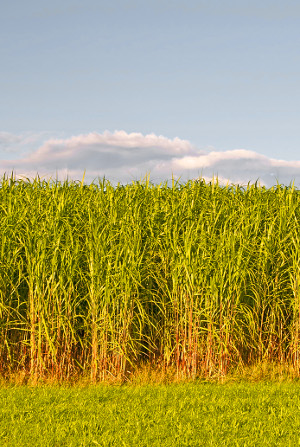New model ranks food by water use
 Research suggests a focus on nutrient rich food could reduce agricultural water use.
Research suggests a focus on nutrient rich food could reduce agricultural water use.
A study by CSIRO and Harvard University has found that the amount of water required to meet the global demand for food could be reduced by focusing on more nutrient-rich foods, and reducing the amount of crops we use to feed livestock such as cows and goats.
The team compared the nutritional value of foods with the water required to produce them, and found comparable water use between most protein sources.
It finds, for example, that cacao (used for making chocolate) is among the least water-efficient foods available, when its nutrient value is factored in.
It ranks vegetables, starchy roots and organ meats as the top three foods in terms of nutrient value and water-use efficiency.
The experts say that agriculture is currently sufficient to meet our global demand for food, but it uses too much of our natural resources, and it is not distributed equally meaning many people on the planet remain hungry.
“With a more detailed focus on plant and animal foods, we find that most dietary protein sources show comparable water-use efficiencies, and thus can be drivers for agricultural water demand,” the report states.
“Animal foods, besides having a unique nutrient profile, often do not compete directly with crops for the same water resources.
“A significant reduction in the demand for utilisable freshwater resources could be achieved by reducing the amount of feed crops in ruminant diets.”







 Print
Print